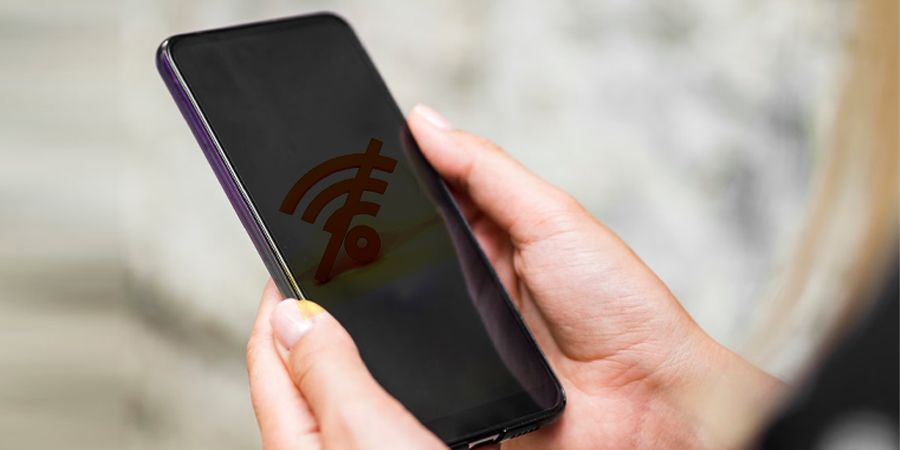According to the industry body, GSMA, more than half (54%) of the world's population now owns a smartphone. However, the rate of new mobile internet users has slowed down. The GSMA's annual State of Mobile Internet Connectivity Report 2023 reveals that 4.3 billion people currently own a smartphone. These smartphone users are skilled at finding mobile internet services to assist them with various tasks.
Out of the 4.6 billion people using mobile internet, 4 billion access it through a smartphone, accounting for 49% of the total population. Additionally, 600 million people (8% of the population) use the internet through a feature phone. In mature markets like North America, East Asia and the Pacific, over two-thirds (69%) of smartphone owners use mobile broadband through 4G-enabled devices, thanks to widespread 4G and 5G deployments.
In sub-Saharan Africa, 69% of smartphone users access mobile internet, while in the Middle East and North Africa, the figure is 33%, but on 3G-enabled devices. This indicates that 2G and 3G networks are still crucial for millions of people in low- and middle-income countries. Despite the availability of mobile broadband networks, around 3.4 billion people remain unconnected to the internet. The majority of these unconnected individuals live in areas covered by mobile broadband networks, highlighting a persistent usage gap.
However, this gap has decreased from 40% in 2021 to 38% in 2022, representing a significant improvement. In comparison, only 5% of those not using mobile internet live in areas with no coverage. Sub-Saharan Africa and South Asia have the lowest connected populations, with usage gaps of 59% and 52%, respectively. Adults in rural areas of lower middle-income nations are 29% less likely to use mobile internet than those in urban areas, while women are 19% less likely than men to use mobile internet.
The report also identifies affordability as a challenge for two-thirds of people living in areas covered by mobile broadband networks but not accessing services. Other challenges include digital skills, literacy, safety and security concerns, accessibility of services and the availability of relevant content in local languages.
Furthermore, the study reveals that the remaining third of people (950 million) living in rural areas with access to services and devices only use basic services like voice or SMS. The GSMA study also highlights that 200 million people started using the internet last year, but this represents a decrease of 100 million compared to the previous year. Only a quarter of the population in the least developed countries uses mobile internet, while 52% of lower middle-income nations and 85% of high-income countries do so.
The majority of unconnected people reside in low-middle-income countries. Regarding data speeds, all regions experienced average download speeds of at least 10 Mbps, with the global average increasing from 27 Mbps to 34 Mbps.
The Director General of the GSMA, Mats Granryd, expressed concern over the slowing growth rate of mobile internet adoption. He emphasized that a lack of connectivity will deprive billions of people, particularly those who are poorer, less educated, rural and female, of access to essential services and revenue-generating opportunities. Granryd stressed the urgent need to accelerate digital inclusion and overcome barriers to prevent the digital divide from widening further.





